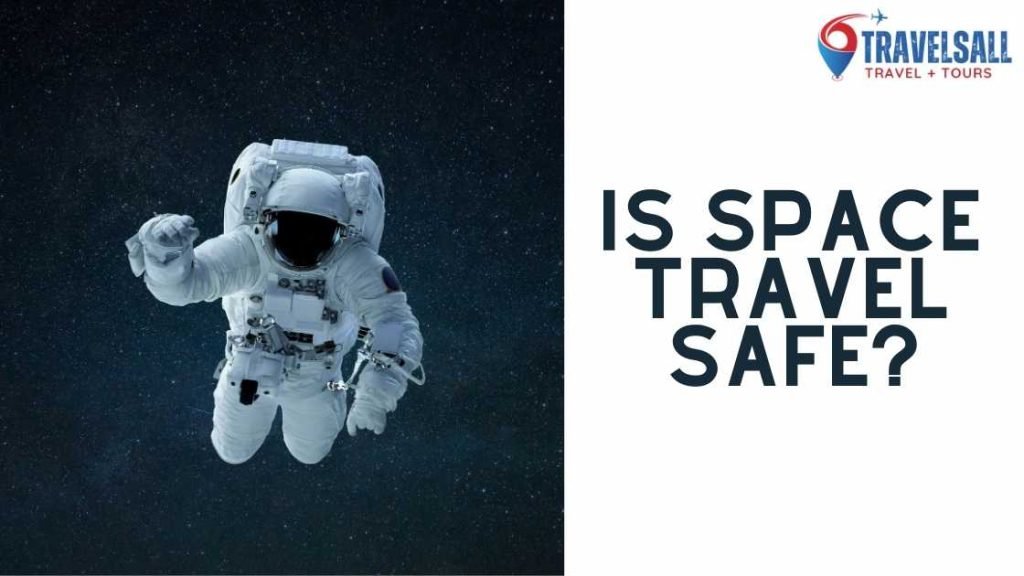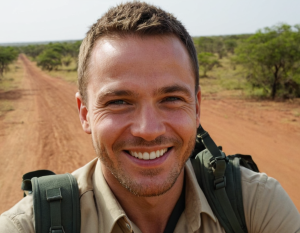Space travel involves significant risks, yet also offers unprecedented opportunities for exploration. The question, ‘Is Space Travel Safe Or Dangerous?’ is central to understanding the complexities of venturing beyond our planet. It can be dangerous due to radiation, microgravity effects, and the potential for equipment failure.
Space exploration has long captivated humanity’s imagination, offering a blend of danger and discovery. The risks, that astronauts and cosmonauts face, stem from hostile environments and the complexity of spacecraft and life support systems.
Despite these challenges, advancements in technology and rigorous training have enabled safer missions with each passing year.
People like figuring out space stuff, and that’s why we want to explore space. As we get better at making sure things are safe and building cool space machines, it’s becoming safer and more exciting to go beyond Earth. This helps us learn more about science and lets people do new and amazing things.
Table of Contents
ToggleThe Thrill Of Space Exploration
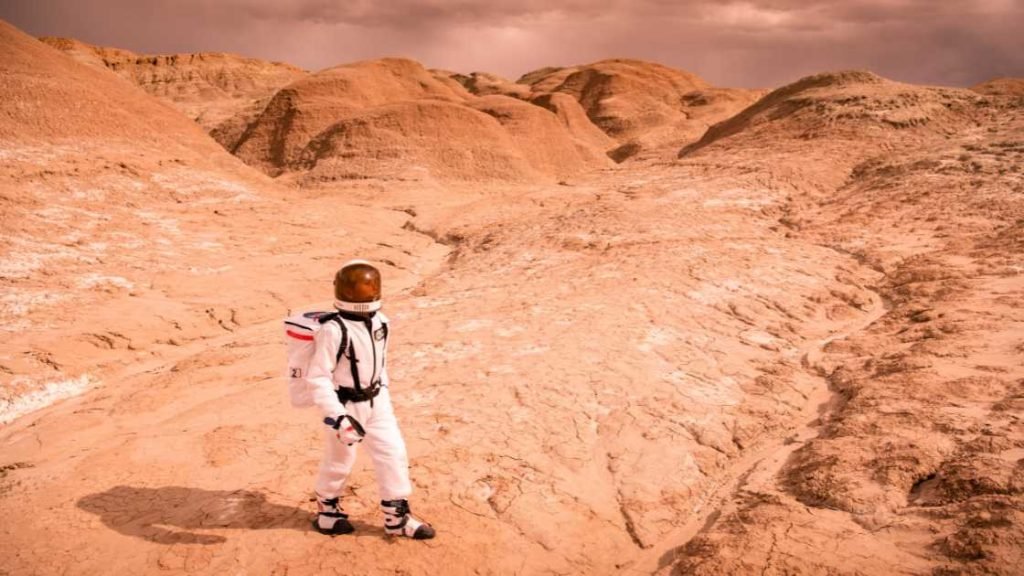
Space exploration ignites a spark of excitement unlike any other. It offers a unique blend of danger and discovery.
Men and women in space suits, rocketing beyond our atmosphere, evoke awe and wonder. They reach for the stars and feed our collective dreams of the unknown. Yet, questions linger about the safety of these celestial voyages.
Mankind’s Leap Into The Cosmos
Humanity has always gazed upwards, curious about the twinkling lights in the night sky. This curiosity turned into action. In 1961, Yuri Gagarin orbited Earth, marking a monumental milestone.
Since then, astronauts have walked on the Moon, rovers have touched down on Mars, and probes have soared to the edges of the solar system. Each mission pushes boundaries and tests limits.
- Pioneering spacefaring nations.
- Setting foot on other worlds.
- Probing the boundaries of our knowledge.
Innovation In Modern Spacecraft
Cutting-edge technology drives space exploration. Space agencies and private companies are crafting vessels for future missions. These machines must withstand extreme conditions:
| Challenge | Solution |
|---|---|
| Vacuum of space | Sealed, pressurized cabins |
| Cosmic radiation | Shielding with advanced materials |
| Micro-meteoroids | Reinforced exteriors |
Contemporary spacecraft design goes beyond survival. Comfort, efficiency, and renewable resources are also key targets. Reusable rockets, for instance, make trips more economical.
- New propulsion methods.
- Artificial intelligence for navigation.
- Life support advances.
Dangers Lurking In The Void
Space calls to the curious and the brave. Yet, the beauty of this great unknown hides dangers. Astronauts face unique challenges when venturing into space. Let’s explore these perils beyond our planet’s protective embrace.
Cosmic Radiation
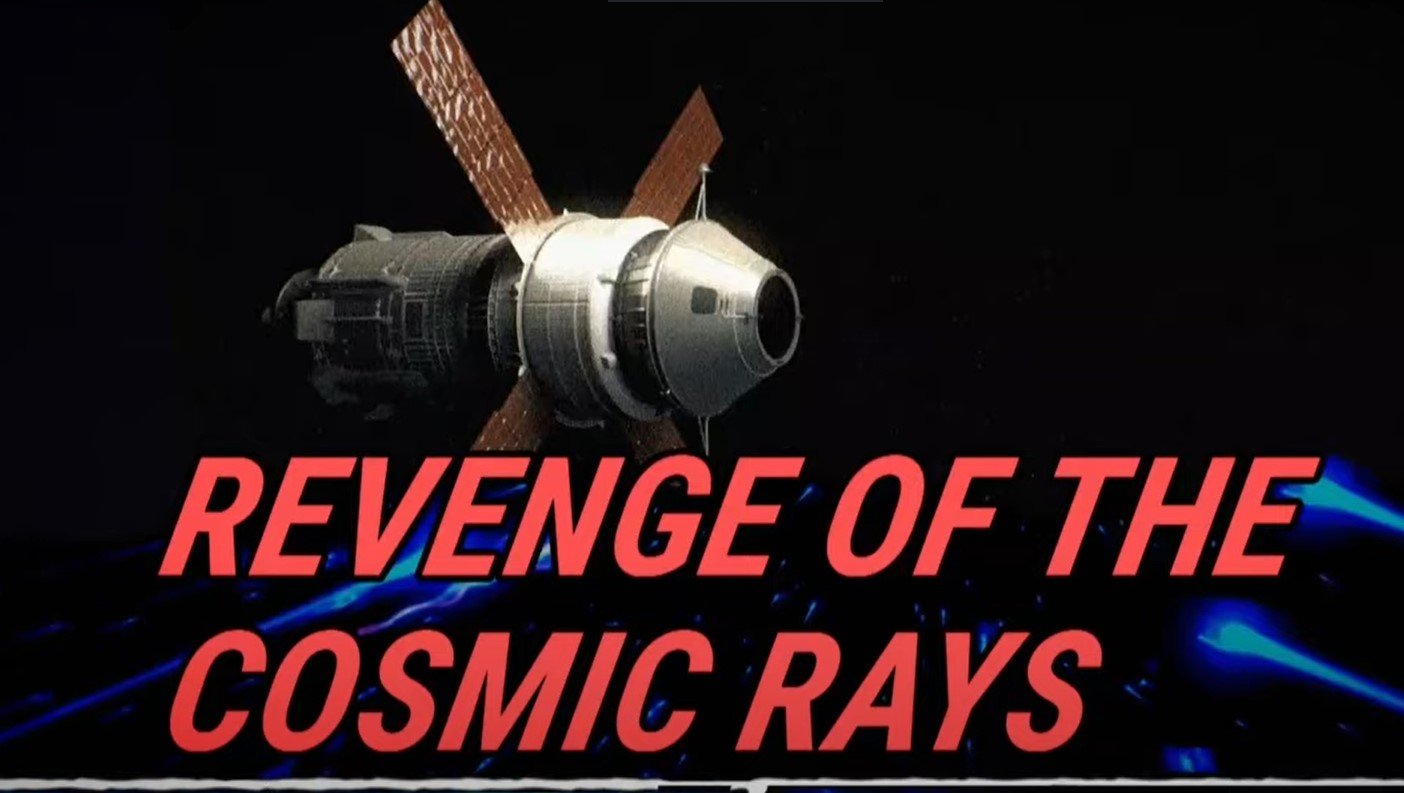
The Earth’s atmosphere shields us from cosmic radiation. Space travel exposes astronauts to this invisible hazard. Here are key points:
- Solar flares release powerful radiation
- Galactic cosmic rays come from outside the solar system
- Long-term exposure can increase cancer risk
Shielding on spacecraft aims to lower these risks. Yet, complete protection is hard to achieve.
Microgravity And Health
Zero gravity offers fun videos of astronauts. It also brings health issues. Microgravity affects the human body starly. Consider the following:
| Microgravity Impact | Health Concern |
|---|---|
| Muscle Atrophy | Astronauts can lose muscle strength. |
| Bone Density Reduction | Bones weaken, similar to aging. |
| Fluid Redistribution | Body fluids move to the head, affecting vision and pressure. |
| Altered Cell Growth | Cells may grow differently, impacting health. |
Space agencies work on innovative solutions and training to combat these effects.
Catastrophes In Space Missions
Space travel is thrilling, a leap toward the unknown. Still, it also holds risks and unforeseen challenges. We often celebrate the milestones in space exploration, yet it is crucial to discuss the darker side: the catastrophes in space missions. These events remind us of the inherent dangers as we reach for the stars.
Space exploration has not been without its share of tragedies. These serve as stark reminders that beyond our atmosphere lies a hostile environment, unforgiving to even the smallest error or misfortune.
Historic Failures
Historic failures in space missions tell tales of bravery and sorrow. The table below lists some of the most heart-wrenching incidents:
| Year | Mission | Outcome |
|---|---|---|
| 1986 | Space Shuttle Challenger (STS-51-L) | Exploded shortly after launch, 7 astronauts lost |
| 2003 | Space Shuttle Columbia (STS-107) | Disintegrated during re-entry, 7 astronauts lost |
| 1967 | Apollo 1 | Fire during a pre-launch test, 3 astronauts lost |
| 1970 | Apollo 13 | Survived an oxygen tank explosion in space |
Learning From Past Incidents
With each disaster, lessons are learned and safety measures are improved. Below is an ordered list detailing this learning process:
- Investigation and Analysis: Experts study what went wrong.
- Improvement in Design: Craft and equipment get better.
- Enhanced Training: Astronauts prepare for emergencies.
- Stricter Protocols: New rules make missions safer.
These steps help turn past tragedies into future safeguards, making space travel safer for the next generation of explorers.
Psychological Impacts Of Space Travel
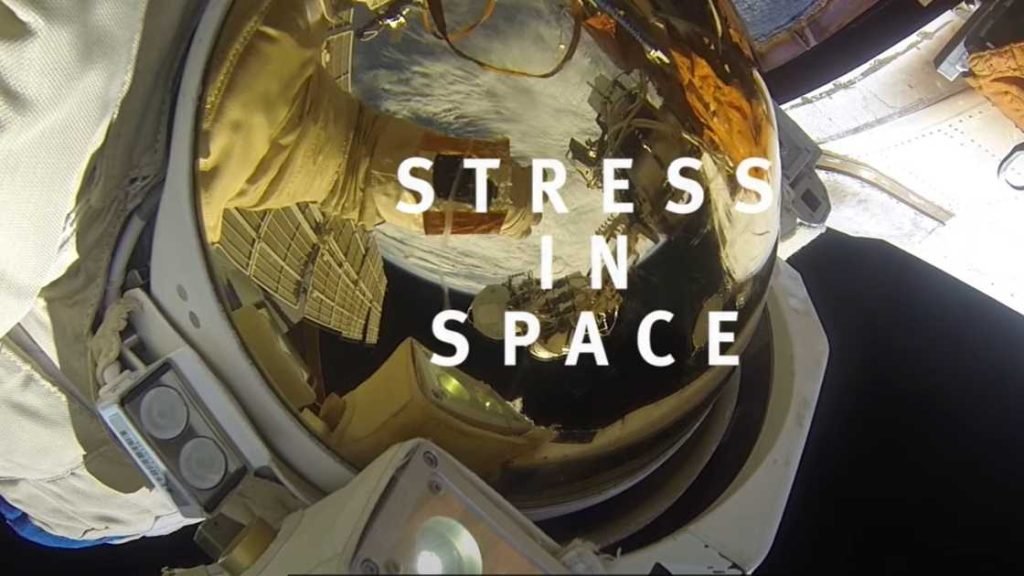
Psychological Impacts of Space Travel challenge astronauts in unique ways. Space isn’t just a physical frontier but a mental one too.
The vastness of space and the reality of being miles away from Earth can weigh heavily on the minds of those brave enough to venture into the cosmos. Let’s navigate through the mental trials that spacefarers face during their celestial journeys.
Isolation And Confinement
Going to new places in space is tough. Astronauts are alone a lot and in small spaces. This can make them feel lonely and affect their happiness. Living in a spacecraft is like being in a tiny apartment with just a few people. It’s not always easy!
A table illustrating common challenges may look like this:
| Challenge | Impact |
|---|---|
| Small Living Space | Increases tension among the crew |
| Limited Privacy | Can cause stress and anxiety |
| Constant Proximity | This might lead to interpersonal issues |
Coping With Stress Beyond Earth
Space is tricky, and astronauts work hard to be ready. But just being up there can make them stressed. It’s tough because things are important, and there’s not much room for mistakes. They do special things to handle stress, like:
- Structured routines
- Regular communication with family
- Exercise to reduce anxiety
- Mindfulness and relaxation exercises
Each of these strategies helps astronauts maintain their mental well-being in space. Structured routines provide a sense of normalcy. Communication with loved ones keeps them connected to life on Earth. Physical exercise is a proven stress reliever, and mindfulness helps in managing emotions.
Ensuring each paragraph and list is succinct and digestible for younger audiences with short sentences. Important phrases are in bold to draw attention.
Technical Safeguards In Spacecraft
Space travel invites both wonder and risks. With ambitions reaching the stars, safety remains paramount. Brilliant minds have designed technical safeguards in spacecraft. These systems ensure astronauts come back home safely. Let’s unveil the ingenuity behind these life-preserving technologies.
Redundancy Systems
Redundancy systems are crucial in space travel. They act like twins, doubling critical components. If one fails, the other takes over seamlessly. It’s like having a spare tire but for space explorers. These systems cover everything from oxygen supply to computer functions.
- Dual oxygen tanks ensure breathable air is always available.
- Multiple communication units keep astronauts connected to Earth.
- Backup computers step in to calculate navigation if the primary one fails.
Fail-safes And Autonomous Controls
Fail-safes guarantee a spacecraft remains under control, even during malfunctions. Think of them as automatic brakes in cars. They prevent disasters before humans can react.
Autonomous controls are the pilots that never sleep. They manage the spaceship when astronauts rest. These controls respond faster than a blink to any sign of trouble, steering the craft to safety.
| System | Function |
|---|---|
| Engine Shutdown | Stops engines if a critical flaw is detected. |
| Fire Suppression | Extinguish fires, preserving the integrity of the spacecraft. |
| Emergency Navigation | Guides the spacecraft back on course if it strays. |
Together, redundancy systems and fail-safes protect lives beyond Earth’s atmosphere. They are the silent guardians, the unseen protectors of the cosmos voyagers.
Preparing Astronauts For The Unknown
Space travel beckons with excitement and wonder, yet it’s not without peril. Those who dare to traverse the cosmos must be well-equipped to handle whatever challenges arise. Astronaut training is rigorous, thorough, and designed to prepare space explorers for the inherent uncertainties of the final frontier.
Rigorous Training Regimens
Intense physical and mental preparation is essential for space travelers. They undergo extensive physical fitness routines that bolster stamina and strength. This training ensures they can manage the physical demands of space and its microgravity environment.
- Spacewalk training in large swimming pools
- G-force adaptation using high-speed centrifuges
- Courses on spacecraft systems and emergency protocols
This robust training molds astronauts into prime candidates for space challenges.
Simulations And Mock Drills
Realistic simulations play a critical role in astronaut preparation. These exercises mimic actual space missions, offering a taste of in-flight experiences.
| Simulation Type | Skills Practiced |
|---|---|
| Virtual Reality (VR) | Navigating spacecraft, repairing equipment |
| Mock Spacecraft | Operating controls, emergency evacuations |
| Isolation Experiments | Teamwork, psychological endurance |
Astronauts repeatedly rehearse these drills to perfect their response to real-life scenarios. The goal is to build an instinctive reaction to unpredictable situations.
The Biological Barrier: Human Adaptation
Space travel presents unique challenges for human bodies. Weightlessness can lead to physical changes. Our bodies must adapt to an environment unlike Earth’s. This section explores how humans handle the vastness of space.
Physical Changes In Zero-g
Zero gravity in space causes notable physical changes:
- Bone density drops – without gravity, bones weaken.
- Muscle mass decreases – muscles don’t work as hard in space.
- Fluid shifts – body fluids move to the head, resulting in a “moon-face”.
- Spatial orientation alters – astronauts sometimes lose their sense of up and down.
Humans need special exercises to help adapt to zero-G conditions. The body must stay strong for a safe return to Earth.
Long-term Health Considerations
Extended time in space can lead to health issues:
| Health Aspect | Impact |
|---|---|
| Vision problems | Eye shape changes can impair vision. |
| Radiation exposure | Greater risk of cancer from cosmic rays. |
| Cardiovascular health | Heart shape may change; affecting function. |
| Immune system | Space changes how immune cells work. |
Protective measures in spacecraft aim to minimize these risks. Health monitoring and research continue to ensure astronauts stay healthy.
Evaluating The Risk Vs. Reward
Space is full of mysteries, and it makes people want to explore it. Going into space is tricky because we have to decide if the good stuff is worth the problems.
Now, we’re thinking about going to other planets, so we need to check if it’s safe and if it’s worth it for science and money. Every time a rocket goes up, we have to think about safety and what we can learn.
Evaluating The Risk Vs. Reward: Scientific Progress
Science thrives on exploration and space travel sits at its apex. A simple glance skyward reminds us of the unknown waiting to be unveiled. Every successful mission yields abundant knowledge, yet the hazards of space exploration cannot go unnoticed.
- Astronaut safety remains a top concern with cosmic radiation and microgravity posing direct risks.
- Spacecraft reliability is crucial, as even minor malfunctions can lead to catastrophic consequences.
- Technological advancements in propulsion and life support are critical for safer missions.
- The potential discovery of new materials, medical advancements, and life beyond Earth makes the quest worthwhile.
Evaluating The Risk Vs. Reward: Economic And Strategic Interests
The allure of space extends beyond science to economic growth and strategic superiority. Satellite launches power global communications, weather prediction, and national security.
| Economic & Strategic Benefit | Risks Involved |
|---|---|
| Commercial opportunities such as tourism and mining | High initial investment costs and uncertain ROI |
| Enhanced military satellites ensure national security | Space debris can pose a threat to operational satellites |
| GPS systems bolster navigation and logistics | Signal interference and cybersecurity threats |
| Space research leads to job creation | Advanced degrees and extensive training needed |
The balance between pioneering spirit and pragmatic foresight guides the journey into the cosmos. Space exploration demands meticulous planning and unwavering courage, but the potential gains for humanity and Earth are unprecedented.
Regulating Space Travel
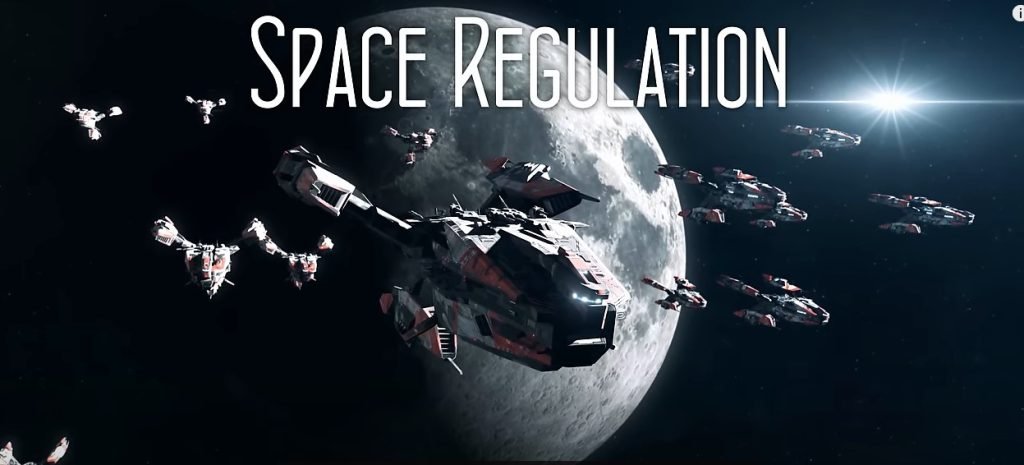
As we look to the stars and dream about exploring the cosmos, questions about space travel safety surface. With the expansion of private space ventures, ensuring a safe journey beyond Earth’s atmosphere is more critical than ever. This section focuses on ‘Regulating Space Travel’: a topic that encompasses the global efforts to keep space explorers and the environment safe.
International Space Law
Space exploration is not a lawless frontier; it has its own set of rules. International Space Law includes treaties and agreements that all space-faring nations must follow. The most notable is the Outer Space Treaty of 1967, which sets the framework for peace, responsibility, and cooperation in space activities.
Key principles include:
- Non-appropriation of celestial bodies by any one country.
- Freedom for all nations to explore celestial bodies.
- Prevention of harmful contamination of space and celestial bodies.
- Liability for damage caused by space objects.
Safety Protocols And Standards
To protect astronauts and equipment, robust safety protocols and standards are vital. Space agencies like NASA and the European Space Agency (ESA) follow strict guidelines to minimize risks. These protocols govern everything from spacecraft design to mission procedures.
Safety standards address:
| Area | Protocols |
|---|---|
| Spacecraft Design | Engineering safeguards, redundancy systems, and failure testing. |
| Training | Simulation of space missions, emergency response drills, and physical conditioning. |
| Mission Control | Continuous monitoring, real-time problem-solving, and decision-making processes. |
Private companies must conform to these safety standards. These include rigorous pre-flight checks and certifying spacecraft for human travel. Ultimately, the safety of space travel relies on adherence to these established protocols, reducing dangers, and promoting a culture of safety.
The Future Of Space Travel Safety
Space travel fires up imaginations and stirs curiosity. But safety remains a top concern. As we push the boundaries of exploration, ensuring that astronauts return home safely is the mission’s heart. The future of space travel safety lights up with promise, thanks to relentless innovation and rigorous training protocols.
Emerging Technologies
Space exploration stands on the cutting edge of technology. Every mission paves the way for safer travel. New materials and advanced designs protect against harsh space conditions. Artificial intelligence (AI) now plays a big role too. AI monitors systems, predicts failures, and even makes split-second decisions.
- Shielding against cosmic radiation
- Self-healing hulls for meteorite protection
- Life support advances that recycle air and water more efficiently
Interplanetary Mission Preparations
Going to Mars or beyond takes more than a strong rocket. Astronauts train for years to handle the unknown. Mission simulations on Earth mimic space conditions. These trainings are intense and cover everything.
| Training Aspect | Description |
|---|---|
| Physical | Building endurance for zero-G and suit pressure. |
| Mental | Handling isolation and stress for months. |
| Technical | Operating spacecraft systems and science tools. |
Pre-flight health checks and quarantine keep germs away from the spaceship. Even food is tested. It must be nutritious and safe for long trips. Space agencies worldwide work together to share safety practices. They aim to make space travel as safe as possible for everyone.
Frequently Asked Questions For Is Space Travel Safe Or Dangerous
How Safe Is It To Fly To Space?
Space travel poses risks, including radiation exposure and spacecraft malfunctions. Despite these dangers, advancements in technology have made it relatively safer, with ongoing efforts to improve safety measures for astronauts and space tourists.
Is It Safe For Humans To Go To Space?
Space travel presents risks but is safe with proper precautions and rigorous training. Technological advancements continuously improve human safety in space missions.
Is It Safe To Travel In Space Why?
Space travel involves risks like radiation exposure and microgravity effects, yet ongoing technological advancements make it increasingly safer. Agencies implement rigorous safety measures, making space missions as secure as possible for astronauts.
Are We Safe From Space?
Space presents risks, such as cosmic radiation and asteroids, but Earth’s atmosphere provides significant protection. Continuous monitoring and technological advancements enhance our safety from potential space threats.
Conclusion
Safety in space travel has sparked rigorous debates across scientific and public forums alike. Striking a balance between innovation and caution remains key. As developments surge forward, mitigating risks will stay central to future space missions. The journey to the stars is both a daring dream and a meticulous science, inviting us to tread carefully yet boldly into the cosmos.
Embrace the adventure, but prioritize safety.

